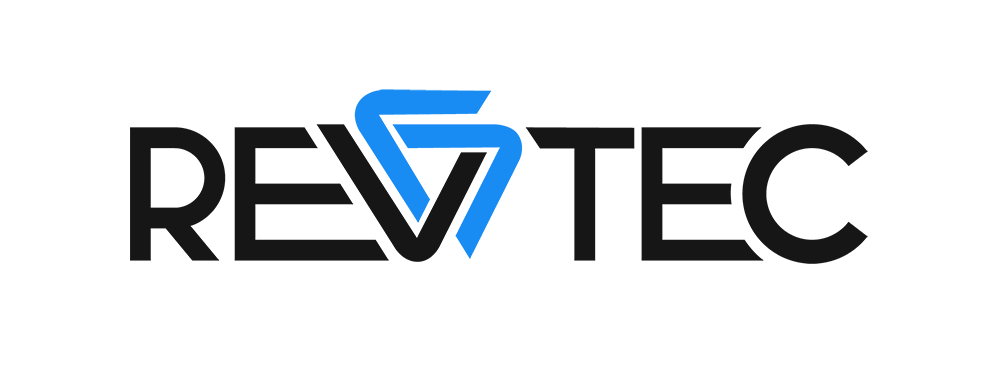OPTIMIZE YOUR MANUFACTURING
OUT THE GATE
THROUGH STRATEGIC DESIGN, WE MAKE COMPLEX PRODUCTS MANUFACTURABLE
Lean Manufacturing starts at design, from creating manufacturable products to creating the means to assemble, and our team at Revtec is proud to own the process.
7 Types of Waste
(And how we can reduce them through design)
1. TRANSPORTATION
Transportation Waste is wasted time created when moving product between locations. Examples of this include off-site testing, moving products across a work floor between workstations, or any other non-value added movement.
Through several rounds of discussion with your team, testing to understand user experience, and a full evaluation of the design requirements we establish a clear Statement of Work.
2. INVENTORY
Inventory Waste is created when more parts and assemblies are on hand than necessary to fulfill production goals. This occurs due to improper balance of order flows, excessive lead times for materials, improperly balanced production lines requiring more material to be stored as a buffer, and or overproduction to compensate for failures and defects.
Through strategic design of the product and preparation for deployment to production, we can establish an efficient process with balanced process times and design for readily available components.
3. MOTION
Motion Waste is the result of a non-optimized process. Storage locations, intra-process part handling, regular consumables not being within reach create non-value added process time.
Our team owning the process from concept to production enables us to design products with their manufacturability in mind. By reducing and/or combining process steps and fixturing through developing the assembly process we can mitigate this waste.
4. WAITING
Poor process flow and unbalanced operations can lead to operator down time. With the high cost of overhead, it is imperative to reduce or eliminate any time the operator spends that is not adding value.
Fully understanding the manufacturing requirements can allow the process to be designed in a way that can reduce down time. Balancing the amount of work for each process step to a takt time can better utilize operator time and better determine the number of operators required.
5. OVERPRODUCTION
Over Production is the result of producing more products than there is demand for. This can be seen anywhere in the process in the form of excess product sitting between operations or at the end of the production line. This is often built into manufacturing forecasts to account for downtime, parts availability, and failures.
Designing a reliable product and stable manufacturing process will mitigate unplanned over production allowing for a more accurate forecast strategy.
6. OVERPROCESSING
This includes any operations in the process that are non-value add. This can take the form of operations that undo or redo prior operations, performing custom work to make defective parts work, or overprocessing internal parts the customer will never see. This can even include redundant paperwork or excessive data collection and entry.
Designing the manufacturing process to eliminate any redundant steps or re-sequence the operations to maximize the value added is necessary for proper process flow.
7. DEFECTS
Defects are mistakes found or created during manufacturing or assembly. These failures create excess work and impact your bottom line.
Defects are unavoidable in manufacturing, however, with strategic design we can integrate poke-yoke (error proofing) into your process though gauging, visual standards, and job instruction, thus reducing the risk of defects.
HAVING LEAN PRINCIPLES LEAD THE PRODUCT DEVELOPMENT WITH THE SOW CREATES A COST EFFECTIVE, EASY TO MANUFACTURE/ASSEMBLE, AND LEAN OPTIMIZED PRODUCT LINE.
Revtec Lean Services

Line Balancing
Optimize assignment of operations to work stations to minimize idle time and required number of stations.

Process Development
Establish a supporting process based off customer needs, product iteration, and “pull” product progression method.

Leadership Mentorship
Train and Support leadership in taking ownership, paving the pathway for team leaders to own lean implementation and preservation.

Fixture and Work Holding
Creating poka-yoke fixtures to mitigate operator induced failures and create a more repeatable manufacturing process.

Inventory Management
Impliment a demand based pull flow for incoming material, manufacturing forecasts, and product delivery.


